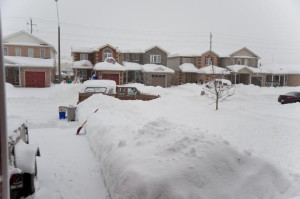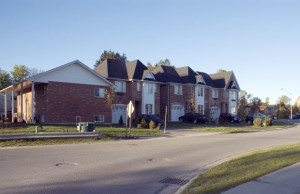Inclusionary zoning is getting more and more attention as a planning tool to increase the stock of affordable housing. This is a policy that requires, or encourages, various percentages of housing units in new developments to be “affordable.” The standard of affordability varies, but is typically targeted to people earning 80 percent or less of an area’s median income.
While inclusionary zoning has proliferated nationwide – a study last year counted more than 500 programs across the country – it hasn’t exactly taken off in Vermont.
True, inclusionary zoning is typically found in urban areas and larger cities, not in rural expanses. Most of the literature on inclusionary zoning, indeed, focuses on metropolitan settings. A recent example is this one from the National Housing Conference on how inclusionary policies can be made more flexible – with examples from urban settings.
The example routine cited in Vermont is Burlington, which adopted inclusionary zoning in 1990 and which happens to be the state’s largest city.
But in fact, small towns can’t make use of it, too – Davidson, N.C. (population 11,000) and Park City, Utah (8,000) are examples.
And closer to home, there’s Hinesburg (4,400). Hinesburg’s regulations apply to developments of 10 or more units in the village growth area, and call for 10 percent of those units to be affordable. Hinesburg also offers density bonuses, expedited review and other development incentives for projects that include affordable housing.
Now, while inclusionary zoning might seem to be a sensible way to address the affordable housing shortage, it’s hardly a cure-all. In Burlington’s case, for example, inclusionary zoning has resulted in just 200-plus affordable units (rentals and sales) over a quarter-century. That’s barely scratching the surface in a city with nearly 10,000 renting households – more than one-third of whom are severely cost-burdened, that is, spending more than 50 percent of their income on housing and utilities.
Inclusionary zoning does serve the purpose of ensuring that new development isn’t entirely upscale and out of reach for people of average means. But it’s just one tool in the affordable-housing planner’s proverbial toolkit. One of the most effective tools of all — in Vermont and everywhere else — would take the form of substantially bigger public appropriations for housing subsidies.
Do you suppose we’ll be hearing anything about that, or about how to address the affordable housing crisis, in the coming presidential campaign? Don’t all speak at once.

